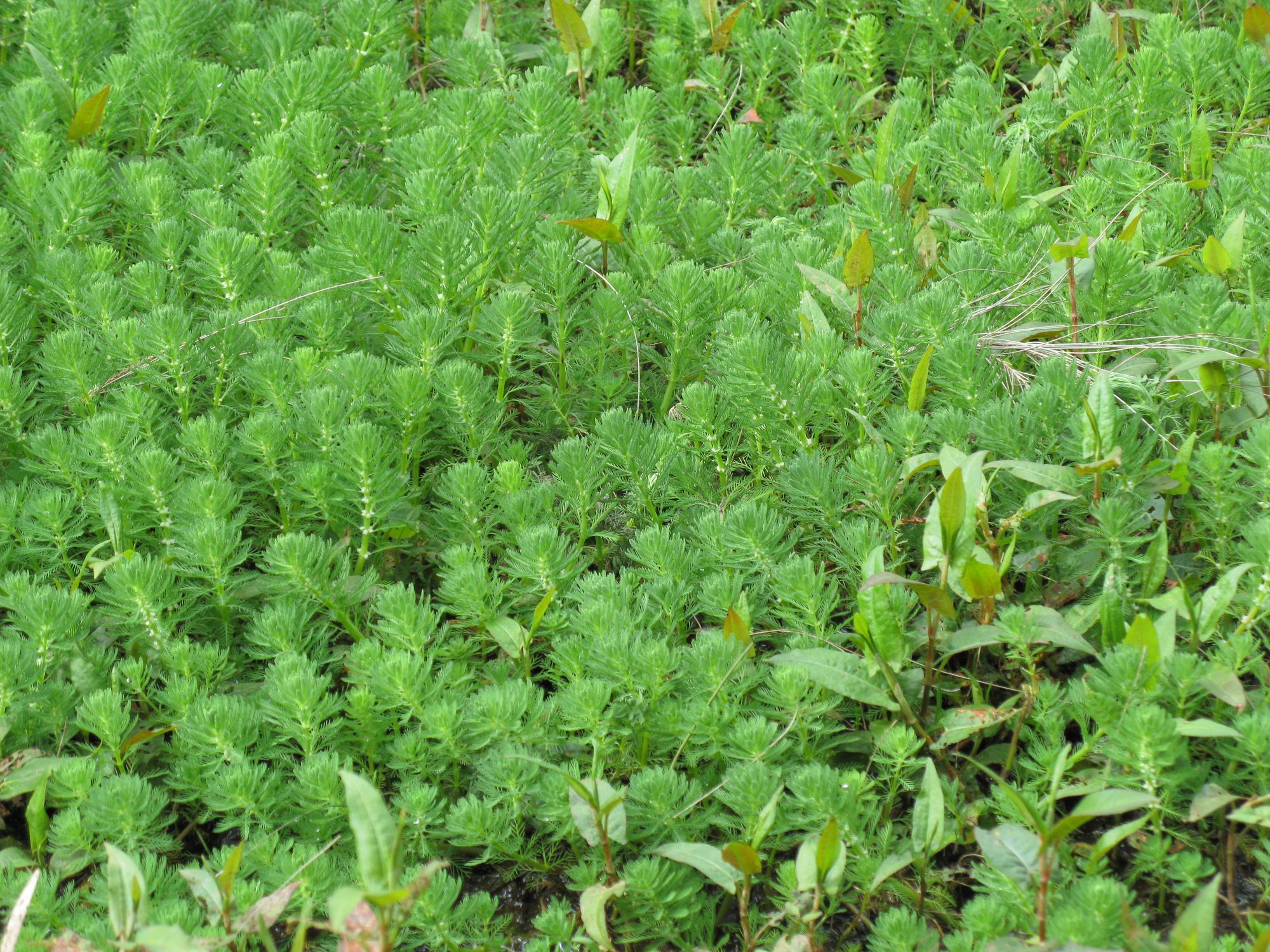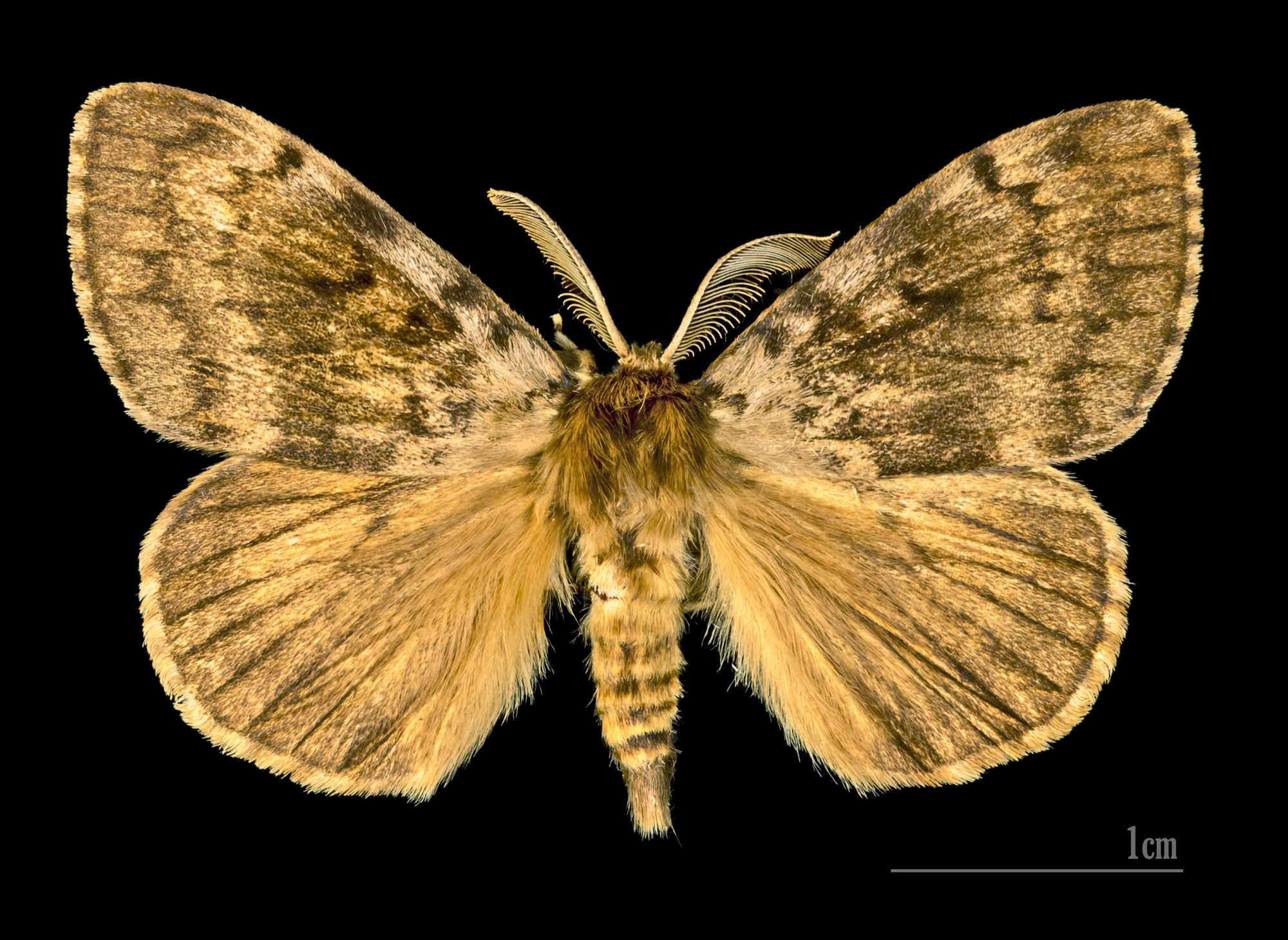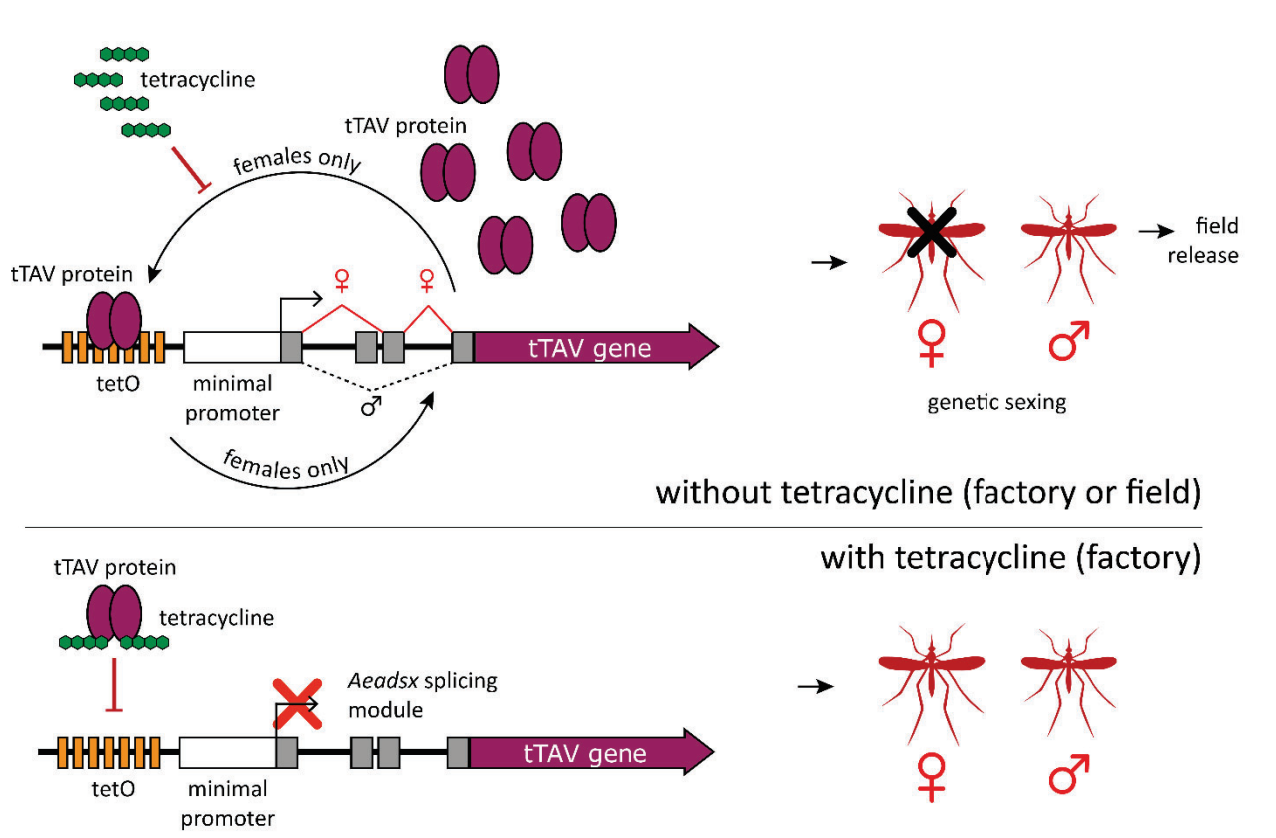In the heart of the Jiangxi Province of China lies Poyang Lake, the largest body of freshwater in the nation. The lake, which is part of the Yangtze River watershed, is an oasis of biodiversity. A visitor to the shores of the lake could on any given day in the wet season see a “river pig” — an endangered finless porpoise — or one of the dozens of migratory bird species that winter on the lake, most prominently the Siberian white crane.


The abundance of species has proven effective at energizing the local economy, which relies heavily on the aquaculture of non-native species such as sturgeon, tilapia, red swamp crayfish and white freshwater prawn which were introduced by a burgeoning aquaculture industry around 02000. This influx of non-native species, however, has also shaken up the lake’s ecological balance. Parrot’s feather, a species of rooted emergent flora native to South America that was introduced to the lake in order to support habitats for red swamp crayfish, has started to outcompete native plants for space.
A study published in BioInvasions Records, an academic journal dedicated to the study of invasive species, found that this plant is not only displacing native competitors, but also facilitating the invasion of western mosquitofish by providing wider refuge from predators. The effect of this invasion dominoes as the influx in mosquitofish prey on native amphibians, reptiles and fish at unsustainable rates.
Parrot’s feather is just one of the non-native species beginning to affect the greater balance of Poyang Lake’s ecosystem. In a recent lake-wide survey of species published in Aquatic Invasions, an average of 4.36 new species are discovered within the lake’s basin every year, providing more pathways for non-native competitors to wipe out species that have called it home for centuries and even millennia.

Poyang Lake is not the first ecosystem to be threatened by influxes of new species, but it could be a bellwether for how unmitigated invasive species can affect even the most biodiverse ecosystems. In an increasingly globalized world, these dynamics of invasion are becoming exponentially difficult to delay, let alone stop.
Scientists have already observed the ecological collapse that can result from unmitigated invasive species. A study conducted at the University of Cambridge in 02021 tracked the effects of invasive Asian silver carp and American signal crayfish on bodies of freshwater. The resulting over-consumption of lakes’ native species resulted in increased water turbidity, creating perfect storms for toxic algal blooms in each scenario. Once the turbidity of the water exceeded critical levels, the algae poisoned the water supply in each lake, killing native fauna and blocking sunlight required for native flora to grow and replacing the once biodiverse aquatic habitats with algal wastelands.
Governments and international organizations are already making slowing the spread of invasive species a priority. The UN Convention on Biological Diversity, signed into action in 01993, establishes the obligation of its signatories to “prevent the introduction of, control or eradicate those alien species which threaten ecosystems, habitats or species.” In the decades that have followed, conservationists have taken this obligation to heart, exterminating non-native species using pesticides, hunts, and even gastronomy.
Detection & Prevention
Yet these efforts may in some regards be overzealous. Not all species that newly enter an ecosystem are invasive species, and the distinctions between varieties of non-native species are key to managing them.
“Invasive species are, to the scientists who study them anyway, a subset of non-native species. In popular literature, the two terms are used synonymously,” notes biologist Dr. Daniel Simberloff, Gore Hunger Professor of Environmental Science at The University of Tennessee. “To people in the field, a non-native species is a species that isn’t native to an area and arrived there with human assistance, either deliberately or inadvertently.”
This distinction is paramount, as not all non-native species become invasive. Many species establish small populations that either remain secluded and non-threatening or go extinct in that environment altogether, many of which scientists don’t ever know about.
“We wouldn’t call those invasive,” says Simberloff. “A lot of ornamental plants that are also deliberately kept in people's backyards are non-native […] but they can't survive without human assistance, so we wouldn't call those invasive, either.”
Although it is possible for non-native species to establish populations outside their domain of origin and remain benign, it’s challenging and sometimes impossible for scientists to accurately determine if or when a species will become a threat to an established ecosystem until after the invasion has begun.
“We don't really know how many non-native species arrive and don't even establish populations, or their populations are established, but then go extinct very quickly,” says Simberloff. “There are a few cases where we do have some real data, and those are for deliberate introductions where there are good historical records.”
Simberloff cites cases where species were introduced intentionally for biological control purposes. In these cases, a predator or competitor is temporarily introduced or even established permanently to reduce or remove populations of undesired species in a given region. In other cases, invasive species are introduced via shifts in climate, societal changes or individual actions.
Benign non-native species can also become invasive over time. There’s always a possibility that an introduced population could skyrocket at a moment’s notice, given proper conditions, which can shift through human interference or even natural means.


Ficus microcarpa, native to India and Malaysia and commonly known as laurel fig, is a prime example of a late bloomer in invasion ecology. The fig was commonly kept as an ornamental plant in Coral Gables and Miami, Florida for decades before its wild population inexplicably spiked, strangling native host trees and shading out potential competitors. As it turns out, a key component of its reproduction involved a companion species of wasp.
“Every fig has to be pollinated by its own species of fig wasp. If that fig wasp isn't there, that will be a sterile plant; it’s not going to reproduce,” Simberloff explains. “Suddenly — we don't know how — its fig wasp arrived, and then the fig started to spread.”
This “lag phenomenon” described by Simberloff is often one of the variables that makes it so difficult to predict if a certain species will become invasive. If there is even an inkling of a possibility that the necessary conditions could be met, therein lies the potential for a non-native species to become a problem.
Some nations with particularly delicate ecosystems have employed strict legislation and policy to prevent non-native species from entering, let alone establishing viable populations. The island nation of New Zealand has stringent regulations on the importation of animals. According to their Environmental Protection Authority, “some organisms are considered very high risk to the New Zealand environment and must never be imported, developed, field tested or released.” The country’s expansive list of barred species includes snakes of any kind and several other examples of fauna, including snails and mammals.
Furthermore, biosecurity appears to be a communal value in New Zealand, so much so that there is both a dedicated pests-and-disease hotline and government smartphone application available to assist in the identification and reporting of unwelcome species.



Although New Zealand has established effective protocols, there are still species that slip through the system. In 02003, a population of spongy moth caterpillars emerged. According to the Ministry of Primary Industries, which oversees farming, fishing, and biosecurity in New Zealand, “this moth lays hundreds of eggs in a single mass. The egg masses then hatch, releasing hundreds of hungry caterpillars. These caterpillars can strip the leaves from entire trees, devastating stands of trees.” The moth was later declared eradicated from the country in 02005 after an aerial insecticide campaign led by the Ministry of Agriculture and Forestry. Despite New Zealand’s history of biosecurity success, this effective amount of surveillance, policy and mitigation is not as easily achievable in non-isolated nations.
In Europe, the American mink, introduced in the 01920s for fur farming, has established an invasive population throughout the continent and according to Simberloff, “is causing many impacts — not least on the endangered European mink, which is a highly imperiled species.” Despite the known risks that accompany the introduction of the foreign mink, which can serve as a vector for new diseases to the region, fur-farming countries like Poland and Denmark, having culled masses of mink in 02020 due to their vulnerability to COVID-19, have refused to list the species as invasive for economic reasons.
Although the species is among one of Europe’s most invasive, it’s unlikely that the American Mink will be unilaterally designated as such. The failure to internationally cooperate is a phenomenon with which scientists have become all too familiar. For instance, international global warming legislation based on scientific evidence is also frequently stalled due to the varied economic priorities of sovereign governments.
“Both invasions and global warming,” Simberloff concludes, “do not make one optimistic about mobilizing popular pressure to do something that should be done.”
Surgical Strikes
If prevention isn’t reasonably feasible in an interdependent and globalized society, the question remains as to what the best method to prevent all-out ecological collapse is. Looking ahead, Simberloff points to molecular genetics as a potential method. Oxitec, a UK-based biotechnology company, is using this method in its battle against the invasive, disease-spreading mosquito species Aedes aegypti.
Aedes aegypti is a primary transmitter of Zika, dengue and chikungunya. Initially confined to tropical and subtropical regions, global warming has facilitated the expansion of its viable habitat. Traditional means of pest control like insecticides have proven flawed as surviving mosquito populations gradually evolve resistance to common chemical agents. Oxitec’s genetically modified male mosquito takes a different tack to eliminate non-native populations. The genetically modified mosquitoes released by Oxitec use the universal biological imperative to reproduce against mosquito populations via two inserted genes.
The first gene is for monitoring purposes and produces a fluorescent protein called DsRed2 that scientists can use to distinguish genetically modified mosquitoes from naturally produced mosquitos. tTAV, the protein encoded by the second gene, is the key to restraining invasive mosquito populations. The gene is what’s known as a repressible self-limiting component. When active, it causes the overproduction of tTAV, a protein that interrupts the synthesis of other vital proteins, causing the offspring to die off before they are sexually mature, preventing reproduction. The goal is for released genetically modified mosquitoes to mate with wild females in lieu of wild males, causing offspring to inherit the gene and reducing the population with each generation.

“It’s just very elegant, very simple, and it just works,” says Grey Frandsen, Oxitec CEO, as he lists the success stories of his company’s gene insertion program. “It’s a really targeted and surgical way to fight any particular pest and do it without any unintentional impact whatsoever.”
Unlike chemical control via pesticides or alternative forms of biocontrol, unintended consequences are largely eliminated according to a U.S. Environmental Protection Agency evaluation. The male mosquitoes do not bite, the control methods only target Aedes aegypti and the genetic modification is non-toxic to predator animals.
Although these scientific advancements provide a glimpse into the future of invasive species elimination, old-fashioned methods to reduce and remove harmful populations should not be discounted.
“The third general approach is mechanical or physical mitigation,” adds Simberloff. “You rip them out or you kill them, what have you. That works sometimes, too.”
The South Florida Water Management District is employing this approach in its lengthy battle with invasive Burmese pythons in the Everglades. The snakes were introduced to the area, likely via the pet trade, and established a breeding population by the early 02000s, shortly before ascending to the top of the ecosystem’s food chain. According to the agency, “Burmese pythons possess an insatiable appetite” and “can not only kill Florida native prey species and pose a threat to humans, but also rob panthers, birds of prey, alligators and bobcats of a primary food source.”
Due to increased sightings and the snake’s threat to native wildlife, the agency started the Python Elimination Program in 02017. The program, which “incentivizes a limited number of public-spirited individuals to humanely euthanize these destructive snakes,” currently pays hunters up to $18 an hour, with additional bonuses for game over four feet in length. Active nest verifications can also earn these enthusiasts a $200 bonus. The program has recorded over 7,000 python removals since its inception.
All methods considered, it’s important to approach invasive species with the nuance that there may be no one-size-fits-all solution.
Although living in a globalized society has contributed to these invasions becoming a near-universal issue, precise research and tactics are needed for each scenario.
This precision and the time it requires is the crux of what makes these crises so difficult to solve. Before research concludes or variables necessary for spread are identified, it’s possible that invasions will have expanded beyond the usefulness of preventative measures.
Furthermore, acting with haste has its own drawbacks as well. Rash measures in the past have had unintended consequences and have also negatively affected local species. For example, The Bald Eagle was on the brink of extinction in North America until it was discovered that the first synthetic pesticide, known as DDT, was hindering the bird’s ability to properly form eggshells.
The reality of the matter is that the happy medium between precision and timeliness in the war against invasive species has been elusive, despite decades of effort on the part of biologists and others working in conservation. Nevertheless, our planet’s precarious ecosystems hang in the balance between these competing tactics.
“All of those approaches have successes and failures,” affirms Simberloff. “It's worrisome and it's challenging. In some cases we have already done a good job. In some cases we could do a much better one.”